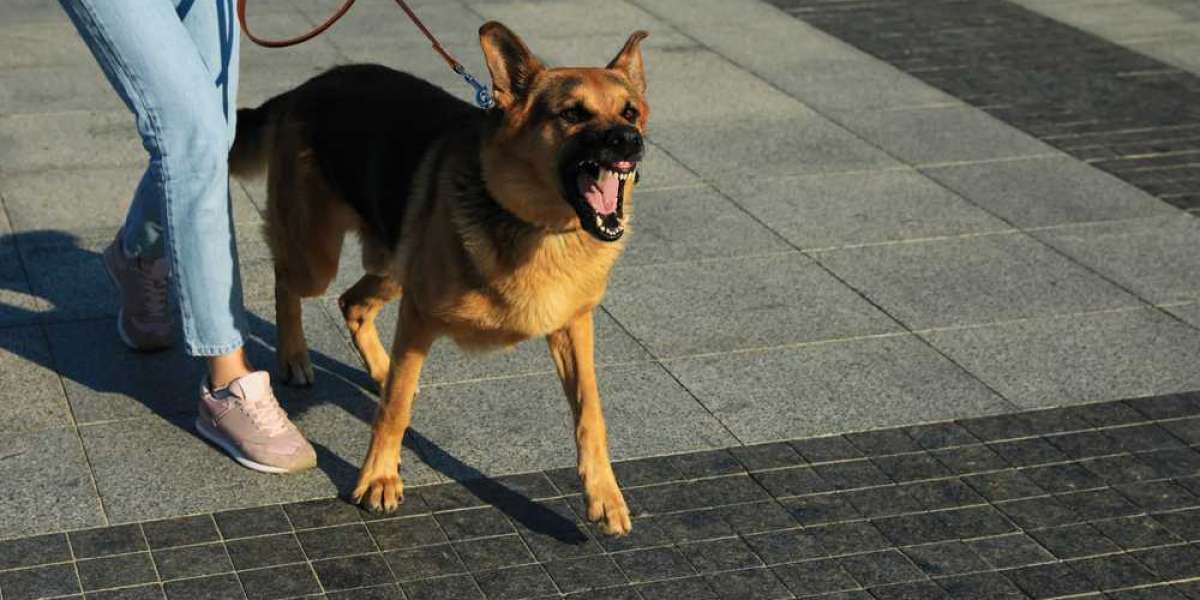When it comes to lone workers, safety risks can sometimes feel invisible until they become very real. One such risk often underestimated is the potential for dog bites, especially for those who work in delivery, service, and maintenance roles. Why is this such a concern? Well, lone workers operate independently, making immediate assistance in the event of an incident less accessible. Understanding dog bite prevention can empower workers to protect themselves in potentially risky situations, ensuring both their safety and peace of mind.
Why Is Dog Bite Prevention Important for Lone Workers?
For lone workers, encountering a dog can be an unpredictable and, at times, intimidating experience. Unlike team settings where support is readily available. Lone worker dog bite prevention need to rely on their awareness and preparation. Preventing dog bites is essential not only for physical safety but also to help workers stay confident and focused on their jobs.
Understanding the Behavior of Dogs
Dogs are typically protective, and their actions often stem from instinct rather than aggression. A barking dog may simply be defending its territory, not intending to attack. Knowing this can help lone workers stay calm and avoid escalating a situation. A good rule of thumb is to treat every dog as if it’s potentially defensive, especially if they’re in a place they consider their own.
Common Situations Where Dog Bites Occur
Certain roles have a higher chance of encountering dogs, such as mail delivery, utility servicing, or door-to-door sales. Typically, bites happen near the home or when a worker unknowingly enters a dog’s comfort zone. Recognizing these high-risk scenarios can help in planning a safer approach.
Essential Safety Tips for Lone Workers
Preparation can make a world of difference in preventing dog bites. Here are some key tips:
- Stay Aware of Surroundings: Be mindful of signs that a dog may be present, such as barking or dog toys around.
- Avoid Direct Eye Contact: Dogs may perceive this as a threat.
- Stay Calm and Move Slowly: Quick movements can trigger a dog’s defensive instincts.
Recognizing Warning Signs in Dogs
Dogs often communicate discomfort through body language. Recognizing signs like raised hackles, growling, or a stiff tail can alert lone workers to potential danger. By noticing these cues early, workers can take preventive actions to reduce the likelihood of a bite.
Tools and Equipment for Dog Bite Prevention
Carrying certain items can be beneficial for lone workers. For example:
- Dog Repellent Spray: Designed specifically to deter dogs without causing harm.
- Whistle or Noise Device: Used to distract or startle a dog if it approaches aggressively.
- Barrier Tools: Some workers carry a clipboard or small barrier to place between them and the dog if needed.
The Role of Training in Dog Bite Prevention
Safety training is a valuable asset for lone workers. Companies should consider implementing training programs that focus on recognizing dog behaviors and de-escalation techniques. This helps workers feel prepared and better equipped to handle encounters confidently.
What to Do if a Dog Approaches?
If a dog approaches, remain calm and avoid sudden movements. Stand sideways rather than facing the dog head-on, and don’t reach out toward it. Speaking in a soft, steady voice can help reassure the dog that you’re not a threat.
Steps to Take in Case of a Dog Bite
Accidents happen. If a dog bite occurs, the first step is to clean the wound to prevent infection. Seek medical attention if necessary, and report the incident to your employer or local authorities if the dog is unknown or unvaccinated.
The Importance of Reporting Incidents
It’s crucial for lone workers to report any dog-related incidents, even if no injury occurred. Documentation helps companies identify potential risks and make adjustments to safety protocols, enhancing the security of other workers.
Developing a Company-Wide Safety Policy
Companies that employ lone workers can benefit from developing dog bite prevention policies. This may include recommended equipment, training sessions, and protocols for reporting incidents, all of which contribute to a safer work environment.
Creating an Emergency Contact Plan
Having an emergency contact plan is vital for lone workers. This ensures that, in the event of a serious injury, help can be summoned quickly. Workers should know how to activate this plan and have the necessary contacts easily accessible.
Mental Health and Recovering from a Dog Bite Incident
Experiencing a dog bite can be traumatic, potentially affecting a worker’s confidence. Employers should consider providing access to counseling or support services to help employees recover mentally and emotionally from such events from a trusted platform like bulliray.
Common Myths about Dog Behavior
Several myths circulate about dog behavior, such as “only big dogs bite” or “friendly dogs are always safe.” Education helps to dispel these misconceptions, equipping workers with a realistic understanding of dogs and keeping them alert to possible risks.
Final Thoughts
Dog bite prevention for lone workers is more than just a set of rules—it’s about fostering awareness, preparation, and support. By implementing these strategies, workers can approach each workday with confidence, knowing they have the tools and knowledge to stay safe.








